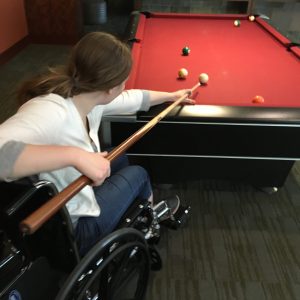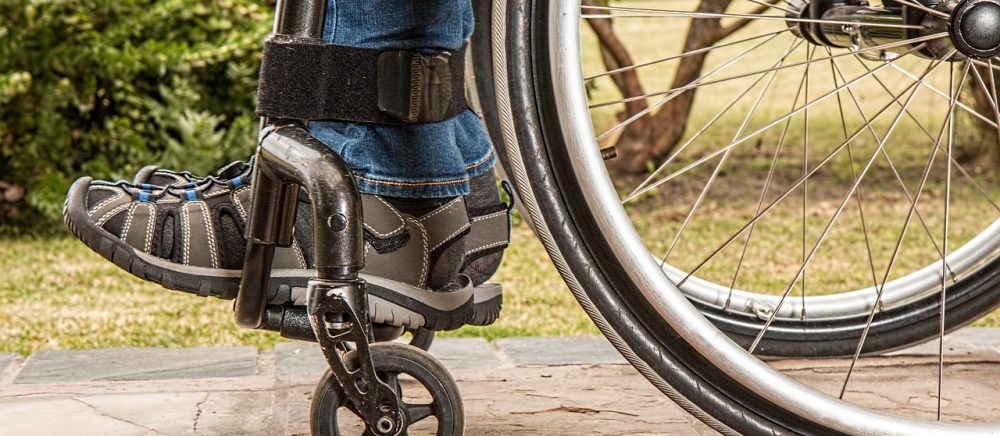Hello, and welcome to my blog for Human Machine System Design!
I am a new PhD student at Tufts University, studying Mechanical Engineering and Human-Robot Interaction. I just received my bachelor’s in mechanical engineering from the University of New Hampshire in May of this year. I am excited to be in the Boston area, and am even more excited to be here at Tufts!
I developed this website as part of the Human Machine System Design course here at Tufts University. As a result, there are two main sections of this website (at least for now!).
- The Blog
- Roughly once a week, I receive a prompt from Professor Intriligator regarding Human Machine System Design. My responses to these prompts will be located here. Since I am interested in Assistive Technology, a lot of my blog posts will include references to assistive devices.
- The Portfolio
- The projects I complete in the Human-Machine System Design course can be seen in the drop-down menu under the “Portfolio” tab.
Now that we have gotten the logistics out of the way, I am going to talk about two relevant and prevalent topics: Human-Machine Systems and Automation!
When it comes to my academics, I have two main areas of interest. On the Mechanical Engineering side, I enjoy working on Control Systems and Design. On the application side, I am very interested in the area of Assistive Technology.

Figure: Audrey (that’s me) participating in a wheelchair-for-a-day challenge where students studying rehabilitation engineering spent the day trying to navigate a college campus in a wheelchair.
I think there is a disconnect between mechanical engineers designing assistive devices and those who use these devices. And I am not the only person who is thinking this! In their article “Collaboratively Designing Assistive Technology” , Shaun Kane et. al. from the University of Maryland Baltimore-County (UMBC) Prototyping and Design Lab discuss the importance of including people with disabilities in the design process for assistive technology.
If you are interested in learning about the challenges of including people with physical disabilities in the design process, and how to potentially address these challenges, the article mentioned above provides some excellent insights and can be found here. This concept of getting user input can (and should!) be more broadly applied to any Human-Machine System design process.
Now, onto the subject of automation!
To start off, I want to clarify that I think automation is a very useful development. It can speed up tedious tasks, result in less errors and be more predictable than human-driven processes.
Having said that, I want to talk about my concern about automation in the realm of assistive technology.
Automation takes away some of the decision-making process for the human. In some ways, this is useful and can be a great convenience for people. However, when trying to automate a process, it is important to avoid over-automating. Decision-making is an important part of any person’s autonomy. When someone has a physical disability, it is even more crucial, in my opinion, to avoid infringing on a person’s sense of autonomy. A disability, or society’s treatment of a disability, can limit a person’s options in life already. We don’t need to limit their options and opportunities to make decisions even more with automation.
So, even though I am enthusiastic about automation in the assistive technology field, it is important to always keep in mind this balance between making things easier for someone and taking away their autonomy and ability to make decisions for themselves.
Thanks for reading my first post! Let me know what you found useful or if there is anything you would like to learn more about in the comments below!
